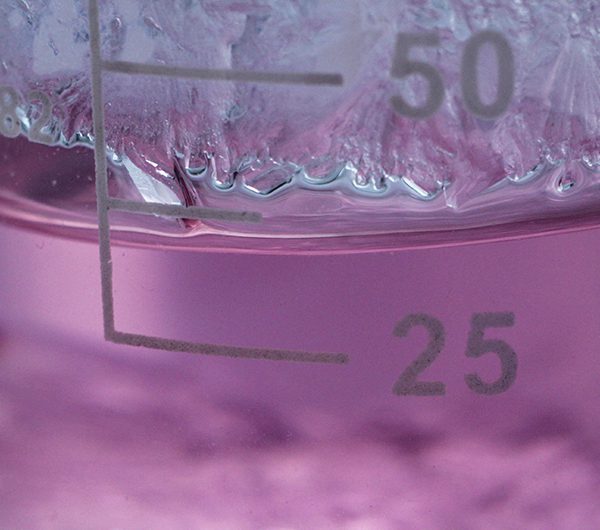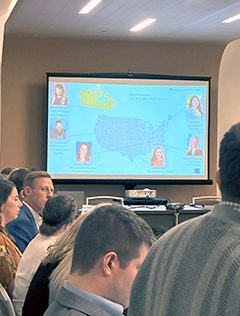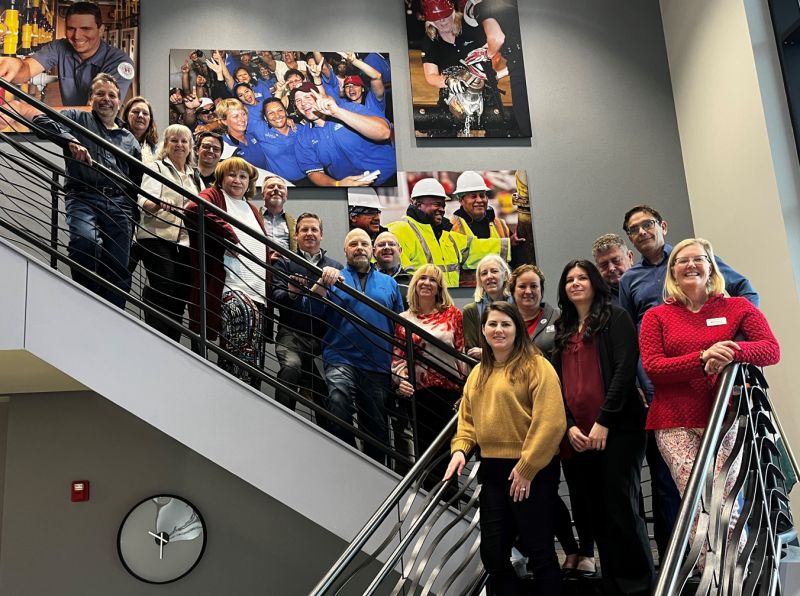Manganese


Manganese
Manganese (Mn) is receiving increasing interest as a contaminant of concern in drinking water. It presents both health and aesthetic concerns at different concentrations. Although manganese is an essential nutrient, at higher concentrations it can have neurotoxic effects. At lower concentrations, it can discolor water and cause staining. Manganese in water does not have a noticeable taste.
About Manganese
Why is manganese of interest?
Manganese is an essential nutrient, but it can cause adverse cognitive and neurological effects, particularly in children, if consumed at too high of a concentration. It can also affect the aesthetic quality of drinking water, causing staining and discoloration. Manganese is present in both groundwaters and surface waters and is widely geographically distributed, so water systems across the U.S. should be aware of manganese and proactively manage it. It can accumulate in pipes in the distribution system over time, so systems likely need to manage manganese even after installing treatment to remove it.
What is its regulatory status?
- Health Canada — Maximum acceptable concentration of 0.12 mg/L and aesthetic object of 0.02 mg/L.
- The U.S. Environmental Protection Agency — Non-enforceable health advisory level of 0.3 mg/L for infants and 1.0 mg/L for the general population, and a non-enforceable secondary maximum contaminant level of 0.05 mg/L.
In the U.S., manganese was monitored from 2018-2020 as part of UCMR 4 and now is listed on the draft CCL 5 for potential regulation.
How can water systems manage manganese?
Managing manganese in drinking water can take place in the source water, at the treatment plant, and in the distribution system. For reservoirs, adjusting the intake level and adding mixing can lower the manganese concentration entering the plant. Primary treatment strategies for removing manganese at the plant are oxidation and particle separation, sorption to filter media, adsorptive contactor, and biological treatment. Manganese can slowly accumulate over time in the distribution system and deposits are more difficult to remove than iron, so more aggressive cleaning techniques like ice pigging or foam swabbing may be needed to remove manganese films.
Technical Resources
Reports
Manuals
AWWA Standards

Advertisement
Events With a Focus on Manganese
See All Events
Water Quality Technology Conference
Discover the latest science, research, and engineering and solutions to fight drinking water contamination.
November 15-19, 2026
Memphis, TN
Annual Conference & Expo
Join water heroes at one of the largest and most important global water gatherings.
June 21-24, 2026
Washington, D.C.
External Resources

AWWA Policy Statements
AWWA’s policy statements are brief statements on protecting and improving water supply, water quality, management, and the interests of the public and the environment. They are written by consensus, subject to review and comment by AWWA committees, councils, and members. Because they represent AWWA’s position on these matters, they are approved by the AWWA Executive Committee of the board of directors.


Technical Committee Engagement
AWWA members are recognized globally for their industry expertise and their generosity in sharing that expertise for a better world through better water. AWWA members participate in committee activities, developing conference programs, writing technical manuals, developing standards, creating educational content and contributing to AWWA publications. Committee members primarily interact through conference calls, emails, and face to face meetings at conferences and events.
Inorganics Committee
Inorganic Contaminants Research Committee
Emerging Water Quality Issues Committee
Advertisement




